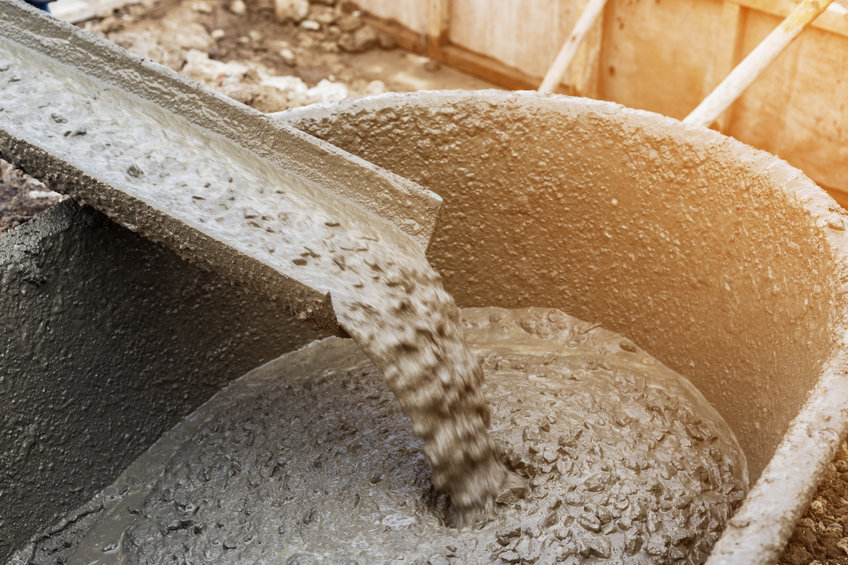
Humans are always thinking of better ways to do things with a focus on efficiency, perfection, and adaptation. Concrete has gone through some pretty incredible enhancements over the years, making it an exciting product. (Did we just say concrete is exciting? We sure did!) Here are just a few cool advancements we’ve seen in concrete over the past few years:
This one isn’t really new, but it’s still cool. An article by Specify Concrete from 2019 states: “Translucent concrete is based on the concept of ‘Nano Optics,’ where optical fibers act as slits to transmit light from one side of the surface to another. These optical fibers are spread evenly through the concrete and are visible on both sides of the block. While patterns form on one side of the surface, they appear as shadowy outlines through the concrete.” The idea of light-transmitting concrete was introduced by Aron Losonczi, a Hungarian architect, in 2001. Translucent concrete is not widely used, but it is present in some fine architectural monuments. It’s generally seen in staircases, floorings, desks, patrician walls, and door panels.
A Finnish company called Graphic Concrete Ltd. developed a method for highly detailed, customized patterned concrete surfaces. The process requires an extremely precise application of a surface retarder to the exterior of a concrete form liner. The technology allows for practically any pattern or image on a precast concrete surface. The pattern or design is 100% concrete which means you can add a beautiful design without any upkeep or maintenance. The technology is patented and is popular on garden walls, partitions, concrete facades, architectural patterns, or wherever your imagination takes you.
In architectural projects, CarbonCast carbon-fiber grid reinforcing greatly reduces the weight of a typical concrete slab that would normally contain steel beams. It also can be integrated with insulation because the material doesn’t conduct heat or cold. The thinner and lighter panels don’t require as much concrete cover as traditional methods because the carbon-fiber resists corrosion. AltusGroup, Inc. based out of South Carolina is the manufacturer of this technology. Contractors like to use the special lightweight concrete in load-bearing and non-load-bearing walls and building slabs.
A team of scientists at the University of Michigan created a type of “bendable” concrete. It is fiber reinforced and looks like regular concrete, but it is actually 500 times more resistant to cracks and 40% lighter in weight. The composition is the secret—it incorporates silica sand and tiny, slick-coated polyvinyl alcohol fibers. When heavy loads are applied to the surface, the slick fibers slip instead of fracture, causing it to bend instead of break. The application is great for bridges and buildings, especially in areas where earthquakes are common.
Concrete advancements are always in the making as humanity attempts to find answers to questions and make processes more effective. At Go Pave Utah, we work hard to use best practices and learn about new products that better our community. If you have questions about a concrete job, give us a call.